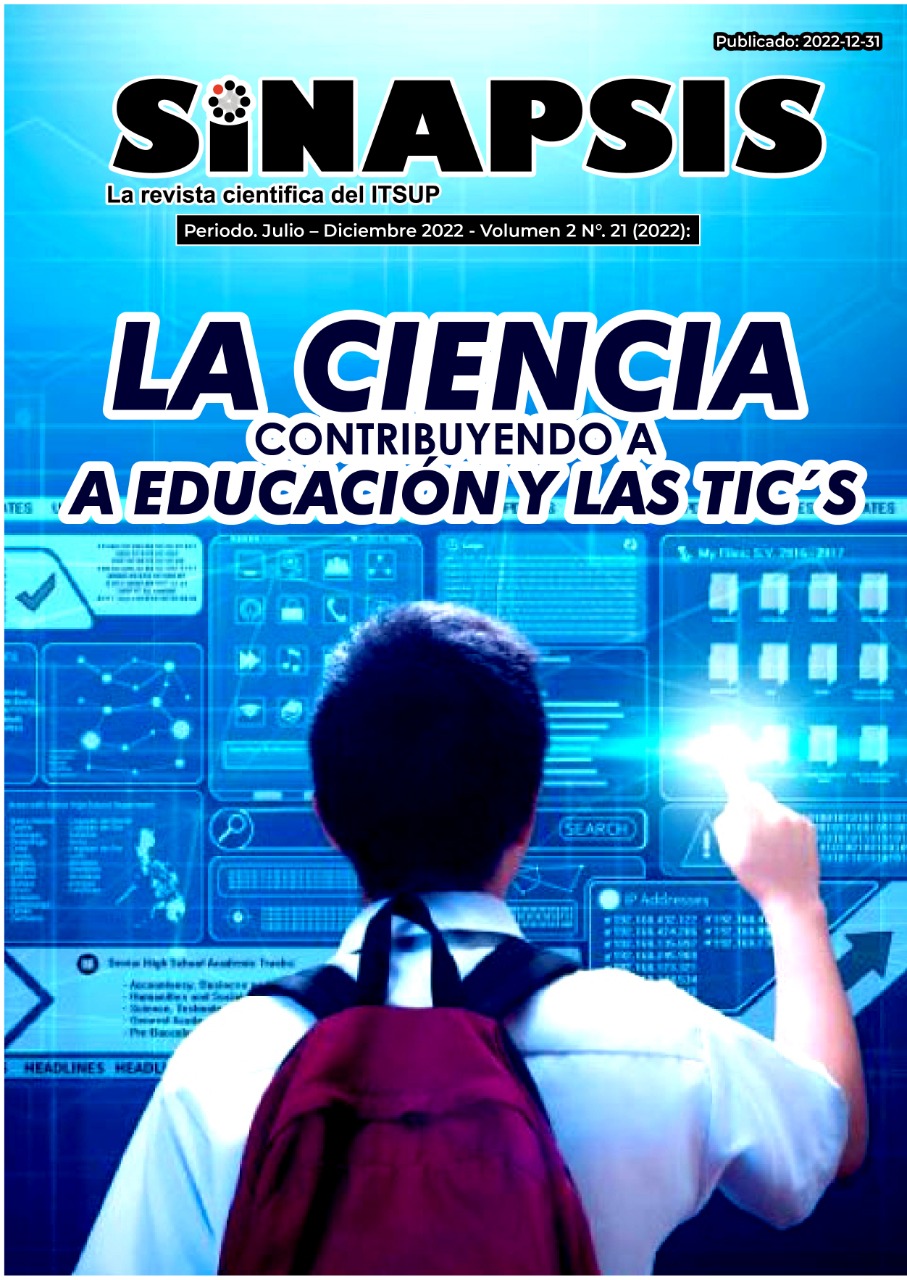Aplicación de la Gestión del Conocimiento a través de las estrategias de Comunicación de las Cerveceras Artesanales de Mexicali, Baja California, México.
DOI:
https://doi.org/10.37117/s.v2i21.717Keywords:
Gestión del conocimiento, cervecerías artesanales, estrategias de comunicación, publicidad y relaciones públicasAbstract
In the present work, it evaluates the knowledge management of the craft breweries of Mexicali Baja California, Mexico, through bidirectional communication,marketing and advertising. To achieve the objective, a survey was applied to 432 customers and the information was analyzed through a structural equation model, so it was possible to identify the actions of the brewers to seek knowledge of their environment, the form of interaction with the consumer and customer participation with their feedback so that companies can generate differentiators in the emerging market and even with little information, which has grown at a rapid pace in the last decade, which has imposed the challenge of developing new forms of contact in Based on the trend of the digital world, it was possible to identify that the variables proximity to the consumer and bidirectional communication have greater weight when explaining the variance with respect to knowledge management.
Downloads
References
Ashley (2017). Economic impact of Craft breweries in San diego county. San Diego North,Economic development council, California State University, SM. USA.
Barón M. Vilalba T y Toro M (2013) ¿Qué transmite su marca? Estrategias para innovar desde la comunicación, Colombia; Politécnico Gran Colombiano
Cegarra & Sánchez, (2007). Linking unlearning and relational capital through organizational relearning, work papers.
Chin W (1998) The Partial Least Squares Approach to Structural Equation Modeling. Advances in Hospitality and Leisure 8(2).
Deloitte (2017). La Cerveza Artesanal: Una experiencia multisensorial. Deloitte
Dawes P, Lee D y Midgley D, (2007) Organizational learning in high-technology purchase situations: The antecedents and consequences of the participation of external IT consultants. Industrial Marketing Management, Volume 36, Issue 3, pp. 285-299
Falk, R. & Miller N (1992). A Primer for Soft Modeling (1st edition.). Akron, Ohio: Univ of Akron Press.
García M (2008) Las claves de la publicidad. 6ta. Ed. Libros profesionales de empresa. España. ESIC.
Garrido F (2001) Comunicación estratégica, España. Gestión 2000.
Galvis S, Silva M (2016) Comunicación: reputación y crecimiento empresarial. Pensamiento & Gestión, núm. 41, 2016, pp. 194-239
Gómez D, Pérez M y Curbelo I (2005) Gestión del conocimiento y su importancia en las organizaciones. Ingeniería Industrial, vol. XXVI, núm. 2, pp. 37-46
Hair J et al (2010) Multivariate Data Analysis. 7th Edition, Pearson, New York
Harvey C y Denton J, (1999) To Come of Age: The Antecedents of Organizational Learning. Journal of Management Studies36:7 December 022-2380.
He X y Pedraza J, (2015). Chinese social media strategies: Communication key features from a business perspective. El profesional de la información, marzo-abril, v. 24, n. 2. PP: 200-209.
Henlein M y Kaplan A (2004). A Beginner’s Guide to Partial Least Squares Analysis understanding statistics, 3(4), pp. 283–297
Kahai S y Cooper R (2003). Exploring the Core Concepts of Media Richness Theory: The Impact of Cue Multiplicity and Feedback Immediacy on Decision Quality. Journal of Management Information Systems 20(1) pp.263-299
López J, Santos M y Trespalacios J, (2007) Consecuencias del aprendizaje organizativo en las relaciones comerciales entre empresas. Cuadernos de Administración, vol. 27, núm. 45, enero-junio, 2011, pp. 139-152.
Martínez Ávila, Minerva, & Fierro Moreno, Eréndira. (2018). Aplicación de la técnica PLS-SEM en la gestión del conocimiento: un enfoque técnico práctico. RIDE. Revista Iberoamericana para la Investigación y el Desarrollo Educativo, 8(16), 130-164
Ocampo M (2004) Conglomerados multimedia: la nueva tendencia empresarial de los medios de comunicación. Palabra Clave, núm. 11, diciembre, 2004, p. 0
Ortega & Peña, (2016) Análisis crítico de las campañas de comunicación para fomentar la cultura del agua en México, Comunicación y sociedad, no. 26, p. 223-246
Reid N y Gatrell J (2017). Creativity, Community, & Growth: A Social Geography of Urban Craft Beer. Region, volume 4, Number 1, 31–49.
Silva (2016). Comunicación: reputación y crecimiento empresarial. Pensamiento y gestión, No.41. ISSN 1657-6276. Colombia, Universidad EAN.
Treviño (2005) Publicidad: comunicación integral en marketing, 2a. ed. México, McGrawhill.
Valhondo D. (2003). Gestión del conocimiento. Del mito a la realidad. Ediciones Díaz de Santos, Madrid.
Welbourne T y Pardo del Val M (2009) Relational Capital: Strategic Advantage for Small and Medium-Size Enterprises (SMEs) Through Negotiation and Collaboration. Group Decision and Negotiation 18(5). Pp.483-497.
Welch & Comer, (1988). Coeficiente de Alpha de Cronbach
Downloads
Published
How to Cite
Issue
Section
License
Copyright (c) 2022 Sergio Bernardino López, Jorge Espinoza, Zulema Córdova, Sosima Carrillo

This work is licensed under a Creative Commons Attribution-NonCommercial-NoDerivatives 4.0 International License.
El Copyright posee el propósito de proteger tanto la propiedad intelectual de los autores como sus resultados. El comité editorial de la Revista Sinapsis se compromete con los autores a proteger, defender y preservar tanto su trabajo como su reputación, y toma muy en serio las acusaciones de infracción, plagio, disputas éticas y fraude. Si un autor se da cuenta de un posible plagio, copia de resultados, fraude o infracción, le rogamos que se comunique con la mayor brevedad posible con el comité editorial de la revista Sinapsis.
CC BY-NC-ND: esta licencia permite a los reutilizadores copiar y distribuir el material en cualquier medio o formato solo sin adaptarlo, solo con fines no comerciales y siempre que se le atribuya al creador.
Términos de Licencia:
Reconocimiento: debe otorgar el crédito correspondiente, proporcionar un enlace a la licencia e indicar si se realizaron cambios. Puede hacerlo de cualquier manera razonable, pero no de ninguna manera que sugiera que el licenciante lo respalda a usted o su uso.
No comercial: no puede utilizar el material con fines comerciales.
No Derivada: si remezcla, transforma o construye sobre el material, no puede distribuir el material modificado.
Sin restricciones adicionales: no puede aplicar términos legales o medidas tecnológicas que restrinjan legalmente a otros de hacer cualquier cosa que permita la licencia.
El autor esta en la obligación de seguir las exigencias según lo instruido en la licencia ubicada en el enlace: https://creativecommons.org/licenses/by-nc-nd/4.0/deed.es






